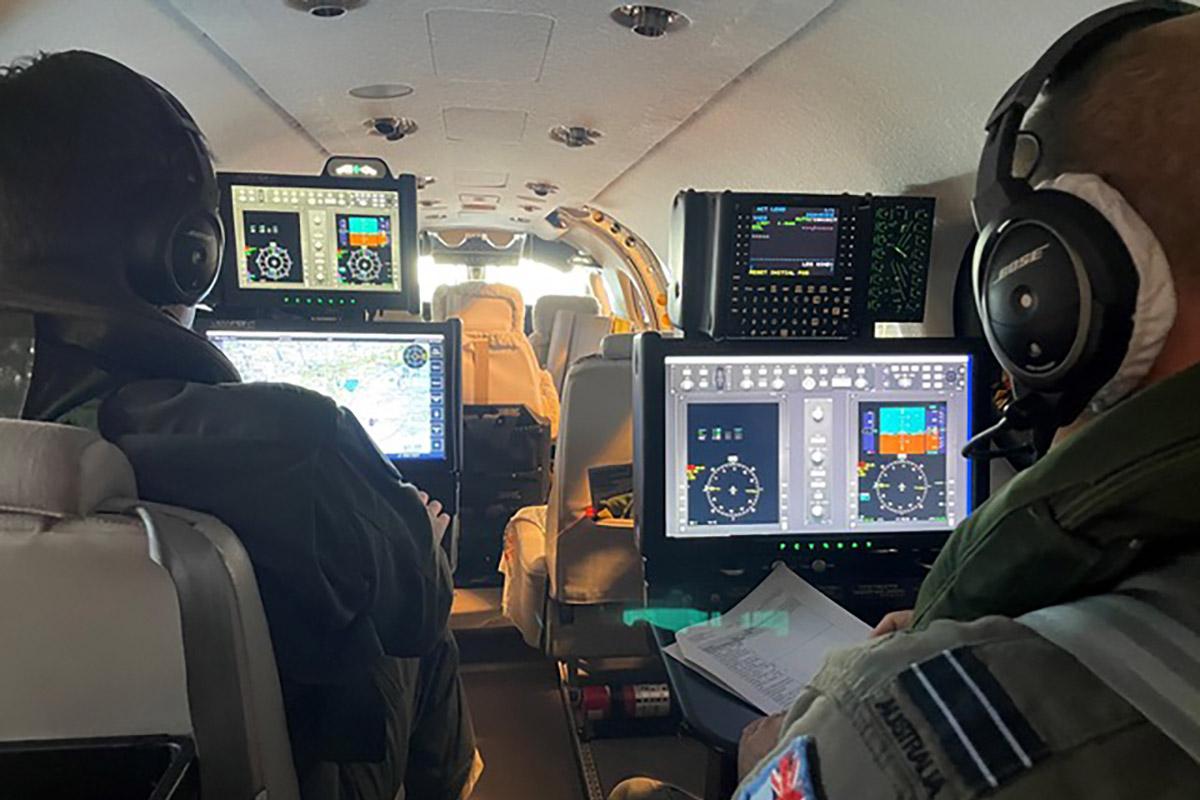
The Royal Australian Air Force’s (RAFF) Number 32 Squadron and Air Mission Training School (AMTS) have received a new mission airborne training system (MATS).
The console-based airborne mission system for the KA350 aircraft is set to take navigation training in a new direction, reported RAAF Flight Lieutenant Julia Ravell.
MATS replaces a navigator training system that has been in use since the early 2000s.
It is developed by Jet Aviation in partnership with Sydney-based software company Cirrus and Defence’s Capability Acquisition and Sustainment Group.
The mission system received specialist design and technical input from the Institute of Aviation Medicine.
AMTS Squadron leader C Flight commander Charles Tomlinson said the way ‘navigators used to be trained involved a lot of paper maps and charts’.
How well do you really know your competitors?
Access the most comprehensive Company Profiles on the market, powered by GlobalData. Save hours of research. Gain competitive edge.

Thank you!
Your download email will arrive shortly
Not ready to buy yet? Download a free sample
We are confident about the unique quality of our Company Profiles. However, we want you to make the most beneficial decision for your business, so we offer a free sample that you can download by submitting the below form
By GlobalDataTomlinson said: “MATS is a very different system that allows us to inject training scenarios directly into the on-board console so trainees can fly realistic missions on a high-fidelity system, taking all the aircraft’s technical requirements into account.
“This is a comprehensive and immersive next-generation training system that sets students up for success, whether they go on to specialise in air combat, maritime or air mobility roles.”
The network-based platform is designed to augment training by providing customised options, diverse, dynamic and realistic mission scenarios.
It also offers instant feedback, realistic simulations and scope for detailed post-mission analysis.
Air Force Training Group Air Commodore Commander Gregory Frisina said: “It has taken a year, but it is awesome news that airforce training group now has a functional airborne training system that mirrors ground simulator systems.
“This system could also open the door for engagement with Indo-Pacific partners in accordance with airforce strategy.”






